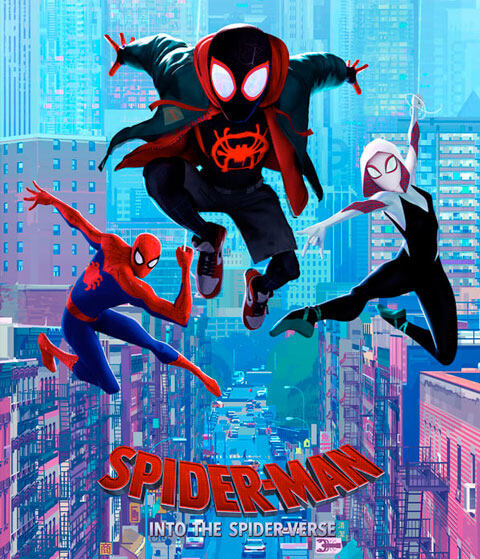If you’re remotely interested in art and are somewhat news-savvy, you’ve probably heard of NFTs–namely the collage image created by Beeple that recently sold for an eye-boggling $69 million. Like many others, I was confused about what exactly an NFT is, and why they’re blowing up. Some artists have even hailed NFTs as the future of digital art. As someone who still doesn’t really know what Bitcoin is, I decided to investigate further. Here are my findings;
- NFT stands for non-fungible token, meaning that it cannot be traded or interchanged like traditional currency
- NFTs are unique digital assets, like gifs, videos, animations, or images that are bought and sold
- The digital tokens are like virtual certificates of ownership, and the information are stored on the blockchain, or a shared record that cannot be altered
NFT artwork provides new lucrative opportunities for artists who wish to share their art online. In some cases, artists can retain copyright over their work, even if NFT copies are sold to various buyers. But the main allure to buying an NFT is the exclusive ownership of a specific instance of the art.
However, some critics describe NFTs as pointless and a fad. Some say it has epitomized art as a money-making machine, not a creative endeavor. But the potential for digital art to disrupt the traditional art selling and auction model is large–perhaps lesser known artists can be compensated for their creative work, not only the rich and famous. No matter how you feel about digital art NFTs, the internet’s embrace of NFTs means that they’re here to stay.
Check out some noteworthy recent examples below:

























